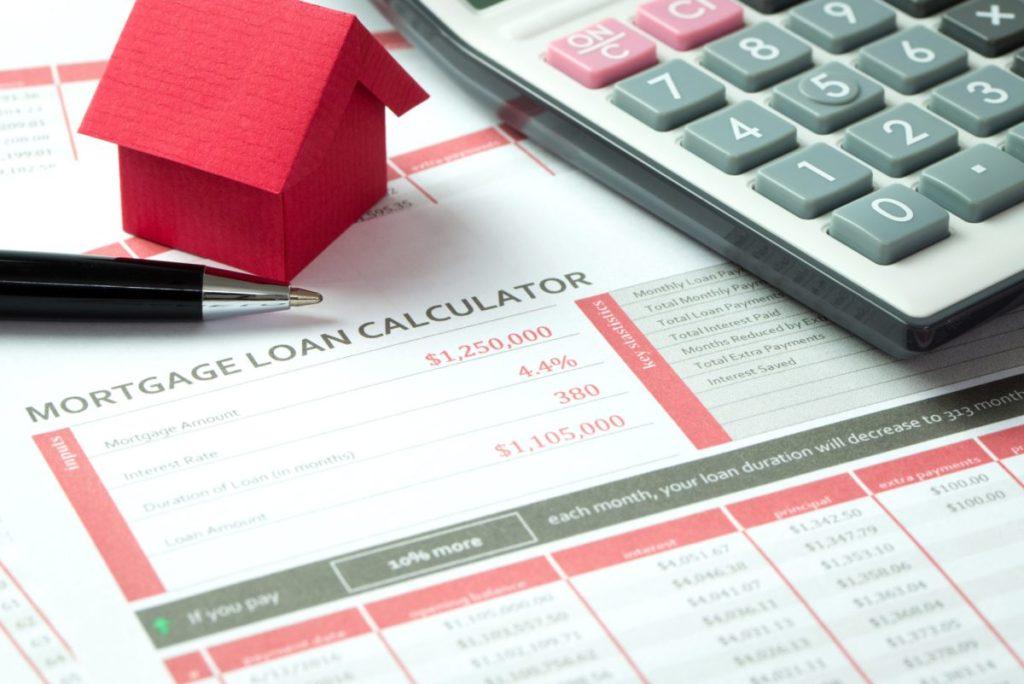California Mortgage Severe Delinquencies Surge 6-Fold! Homeowners’ ability to pay is a worry
Across California, delinquent mortgage payments are rising to their highest level since the Great Depression, raising concerns about the ability of the pandemic-hit economy to pay, according to a report by La DailyNews on Nov. 22.
California-wide, the serious delinquency rate on home loans surged more than sixfold to 3.8%, up from 0.6% a year earlier, according to mortgage tracker CoreLogic, which analyzes home loans that were 90 days or more past due in August as “seriously delinquent.”
The “serious default” situation is serious
In California’s major mortgage markets, the picture is similar:
Riverside and San Bernardino counties (Inland Empire): “severe” delinquent rate was 4.6%, up from 1% a year earlier.
Los Angeles-Orange County :4.2%, up from 0.6% a year earlier.
San Francisco metropolitan area :2.8%, up from 0.3% a year earlier.
San Jose metropolitan area :2.2 percent, up from 0.2 percent a year ago.
This isn’t just happening in California. Nationwide, the serious delinquency rate on mortgages hit 4.3 percent, up from 1.3 percent in August 2019 and the highest “serious” delinquency rate since February 2014.
Frankly, the current delinquency rate is nowhere near the double-digit levels seen during the last mortgage crisis (in 2008). At that time, delinquency rates in the Inland Empire reached 16 percent, according to CoreLogic, nearly 10 percent in Los Angeles-Orange County and nearly 7 percent in the San Francisco Bay Area.
A smarter bailout
Still, a group of homeowners unable to keep their lenders happy remains a worry for the housing market and the broader economy.
Clearly, business restrictions designed to slow the spread of the virus have hit the economy hard, leading to widespread permanent layoffs, furloughs, reduced working hours or reduced incentive pay, which has affected homeowners’ ability to pay their bills.
But the federal government’s relief of homeowners in this new crisis is clearly far more sensible than the last subprime crisis.
This year’s loan forbearance program is far more generous than the limited and hard-to-get help of previous mortgage woes, and various repayment forbearance programs have been largely effective in preventing widespread foreclosures.
In many cases, today’s troubled borrowers can simply roll over outstanding payments without penalty or impact on their credit history.
In addition, federal regulators made some technical changes to keep the mortgage market flowing smoothly, thus keeping the overall housing market functioning.
Record low mortgage rates
In addition, the Fed has helped pull the housing market out of the crisis by lowering mortgage rates to historic lows. The Fed has done so in part by buying more than $1 trillion in mortgages to support the housing market, a larger amount than the entire stimulus program for the economy during the Great Depression.
Not to mention, borrowers in 2020 are in better financial shape than those in the aforementioned bubble, lenders in this cycle are much stricter about who they lend to, and homeowners have a bigger financial cushion.
Moreover, the pandemic-era housing bailout not only kept an important economic sector alive, it also provided an alternative solution for troubled borrowers: Selling homes in a market where there is a shortage and eager buyers are ready to trade.
Paying the bills is still a headache, though. The latest U.S. Census Bureau survey of the impact of the pandemic showed that 6% of Californians had serious difficulties dealing with housing costs — mortgage or rent — in early November. That’s down from 7.6 percent at the end of July. Curiously, housing insecurity is on the rise nationwide, from 7.2% to 8.5%.
What about the future?
Predicting what will happen next is tricky for homeowners who are behind on their loans, not to mention the prospects for the broader housing market.
Selma Hepp, deputy chief economist at CoreLogic, said: “The rise in delinquencies seen in the current recession compared to the Great Recession was driven by a number of different factors. That is why we expect a significantly different and less severe outcome than after the last recession. In addition, it is important to keep in mind that homeowners now have much greater equity and that home prices are expected to continue to rise over the next year, two important factors that will prevent serious delinquencies from turning into a foreclosure crisis.”




Write A Comment